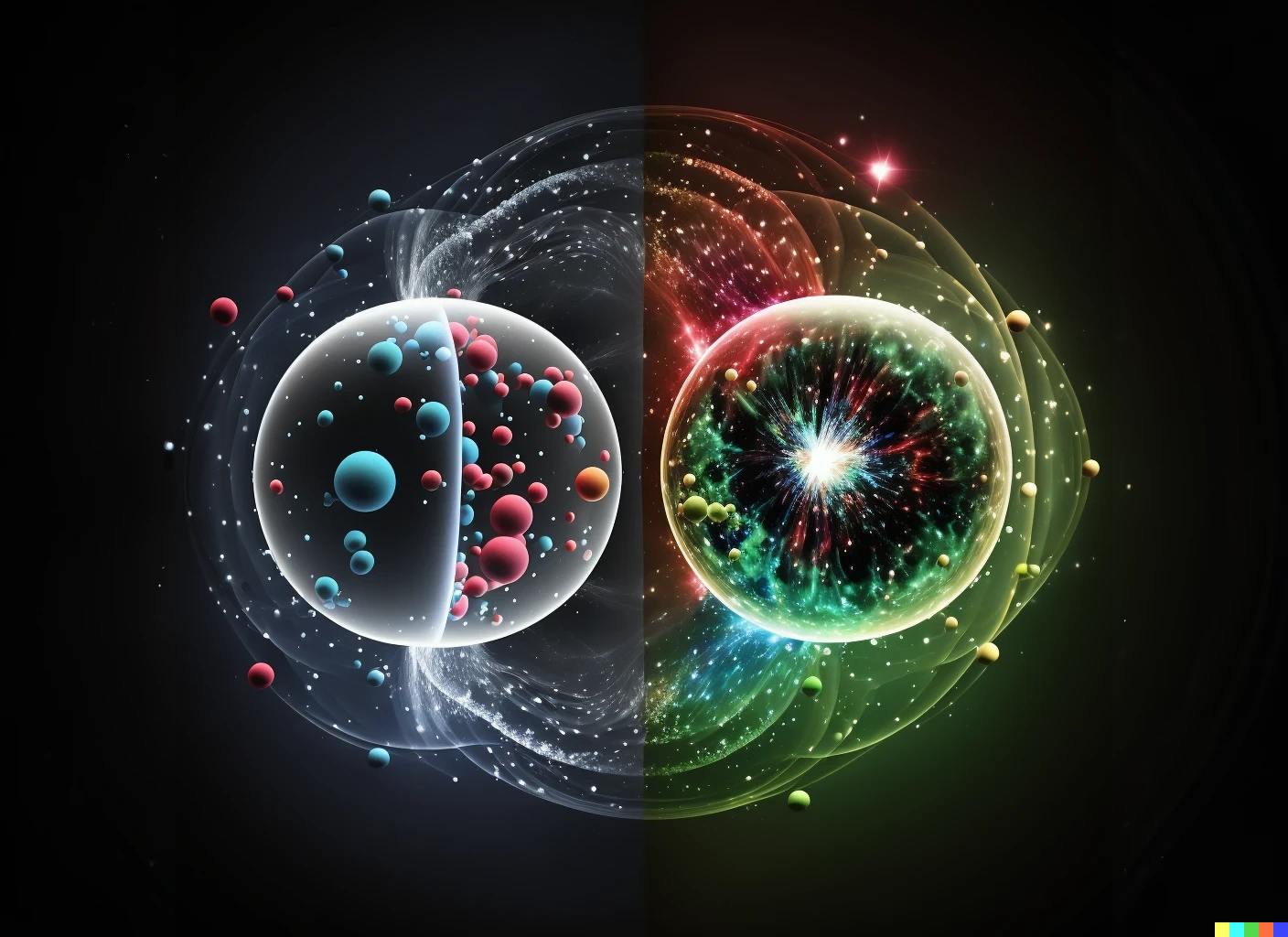Mass is one of the fundamental properties of matter, and understanding its origin has been a central question in physics for decades. In the standard model of particle physics, the Yukawa-Higgs mechanism is responsible for the mass generation of fundamental fermions. This mechanism involves the spontaneous symmetry breaking via the condensation of a scalar Higgs field that couples to the fermion field as a bilinear mass via the Yukawa coupling. This significant theoretical discovery was acknowledged by the Nobel Prize in Physics 2013. But what if we told you that there is a new mechanism of mass generation for fermions without the need for symmetry breaking or condensing any Higgs field? This new mechanism is referred to as symmetric mass generation (SMG), and it has recently generated broad interest in both condensed matter and high-energy physics communities.

SMG relies on the non-perturbative interaction effect of fermions, going beyond the conventional mean-field description of fermion mass generation in the Yukawa-Higgs theory. In the last few years, researchers have realized that the SMG has deep connections with interacting topological insulators, quantum anomaly cancellations, and deconfined quantum criticality. It also has strong implications for the lattice regularization for chiral gauge theories, which has been a long-standing problem in the lattice gauge theory.
To introduce the topic of SMG, I wrote a review paper with Juven Wang that summarizes the current numerical results, unifies current field theory understandings, and presents an overview of various features and applications of SMG.
At Paths to Quantum Field Theory 2022, I gave a talk about SMG, which you can watch on YouTube: Symmetric Mass Generation - Yi-Zhuang You.
